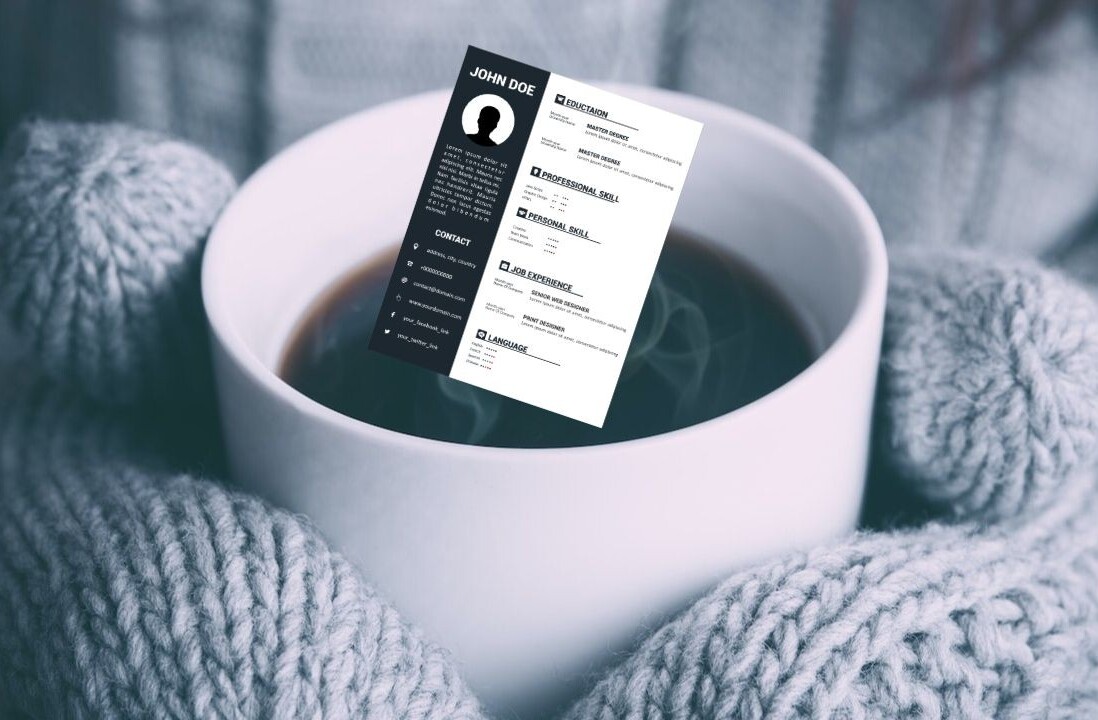
Shy Rosenweig is the co-founder and COO of Meetey, bringing social networking to your neighborhood.
Congratulations! Your app has gone through development, design, QA, and App Store approval – it’s live! Now what do you do?
Don’t expect to suddenly see millions of downloads raking in. That, unfortunately, very rarely happens unless you promote your app. Here’s a check list to help you get the word out to potential users on a limited budget… because that’s how most entrepreneurs and startups can afford.
1. Tell your existing audience about your app
If you don’t know who your audience is, this is a perfect time to do your research and understand who you’re targeting.
Showcase your app on your website’s homepage – add a clear call to action and the “Download on the App Store” button.
Got a blog or a news section? Post an article showcasing your new app with screenshots, features, and as many cool details as possible.
Go social! Add posts that promote your app to your social media strategy. Remember, a lot of people access social networks on their mobile phone. If you’ve got a mailing list of your clients or subscribers interested in your content, send them a newsletter telling them about your app.
2. SEO and keyword research
A lot of the people you’re targeting won’t search the app store for your app’s name. You need to reach people who search using keywords such as “puzzle game,” “document reader,” “heart rate,”etc. That means that you’ll have to do keyword research, just like you did for your website and ads, and then use those keywords in the app store in your app’s title and description.
For details on how to best strategize your SEO and keyword research methods, check out our guide to everlasting traffic with keyword research.
3. Share on app sites
Make a list of forums, review sites, news sites, blogs etc. about mobile apps and start getting active there. Participate in conversations, comment on articles, and request a review of your application… get creative! There are even awards you can win, if you’re good, that will get you a ton of press. Just be careful not to borderline spam.
Here are a few great websites to start with:
4. Online and offline PR
If you’ve got a PR expert working with/for you (which I recommend), they’ll take care of this part. You’ll want to have PRs pitched to leading websites in your industry and technology sites.
Offline PR depends on your audience and industry. If you know of a print magazine your audience reads, or if your audience is local, consider paying for an ad with a QR code leading to your app. If you don’t have a PR guy or even a budget, start contacting journalists yourself and pitch the news about your app.
Don’t exaggerate because you don’t want to spread yourself too thin or get bad publicity. It’s tedious and hard, especially when you have to hear the No’s – but it’s worth it when you get something out there. Press is the best way to get your app fast exposure. Getting mentioned on a high ranking website can get you thousands of users and take you on the “viral” path.
5. Promo codes
You can request up to 100 promo codes for every version of your app. Use these wisely and don’t request them all at once unless you know what to do with them. They expire after a few weeks, they can only be used once and people who download the app with a promo code can’t rate or post a review in the app store.
Some companies post a bunch of codes on Twitter, allowing their followers to grab them before someone uses them; others use the promo codes for bloggers or journalists for a review.
You can find more information on how to redeem Apple’s promo codes on Apple’s developer’s website here.
6. Advertising
If you’ve got a budget for this, start working on a strategy a few months before the app goes live. You’ll want to advertise on app related websites, have sponsored articles where your audience likes to hang out, promote posts on Twitter and Facebook (Mobile App Install Campaign), use StumbleUpon Paid Discovery, or pay for an ad in other apps.
7. Share videos
If you don’t have a budget to invest in really impressive videos, it’s not the end of the world. You can still create videos where you present the app and show how it’s used.
If it’s in line with your brand image, share videos of your team goofing around or explaining about the product on Vine or YouTube. Social video marketing is a quick and inexpensive way to get the word out with minimal expenses.
8. Localize your app
If your app is available in more than one country, make sure to translate your title and description. Every country has a different App Store and many applications are not translated to the local language.
By translating your content in the App Store, you will not only be more targeted to the local audience, but you will also stand out among all the other apps that fail to do so.
9. Make it easy to share
You want your users to spread the word to their friends so make sure your app can easily be shared. If you can, reward your users for sharing with their friends. A great example of this can be seen in Candy Crush.
The app did two things to help make it viral:
It was easy to connect to Facebook and share your score with friends. Not only was it easy to do, but you were reminded every now and then of this option from pop ups asking you if you’d like to share your score.
It rewarded those that did share. By sharing on Facebook, you could get other players to help you open new levels that would otherwise cost you money.
10. Cooperate
Look for other apps that appeal to the same audience but are not direct competitors. You’ll notice a lot of games have ads promoting other games in them.
In most cases, they’re all from the same developer so it’s inner cross-promotion, but a lot of apps also show ads that promote other apps. Find apps that you think have your audience and try to get a cross-promotion going on where you promote them in your app, and they promote you in theirs.
11. Build a website and tease the launch
A few weeks before the app is live, create a website that is solely for showcasing and promoting the app. Before the app is live, collect emails and promise to give early birds a perk for signing up or getting friends to sign up (for example: a promo code to download for free).
Once the app is live, change the homepage to be a very simple design with a clear call to action and the App Store download button. Look at websites like Instagram or Pheed for great examples.
12. Launch with perfection
Make sure that you’ve put every effort into the application itself. Don’t cut corners! A good application with great features, a great design, and that is actually useful can spread via word of mouth in no time and gets great reviews which moves you up in the App Store for even more exposure.
Whatever you do, always be sure to respond to and try to resolve negative reviews and feedback and always be down to earth with your audience. You’ll quickly see that people are more forgiving of bugs and honest mistakes than they are of bad service.
Get the TNW newsletter
Get the most important tech news in your inbox each week.




